Forecasts
Quarterly Forecasts
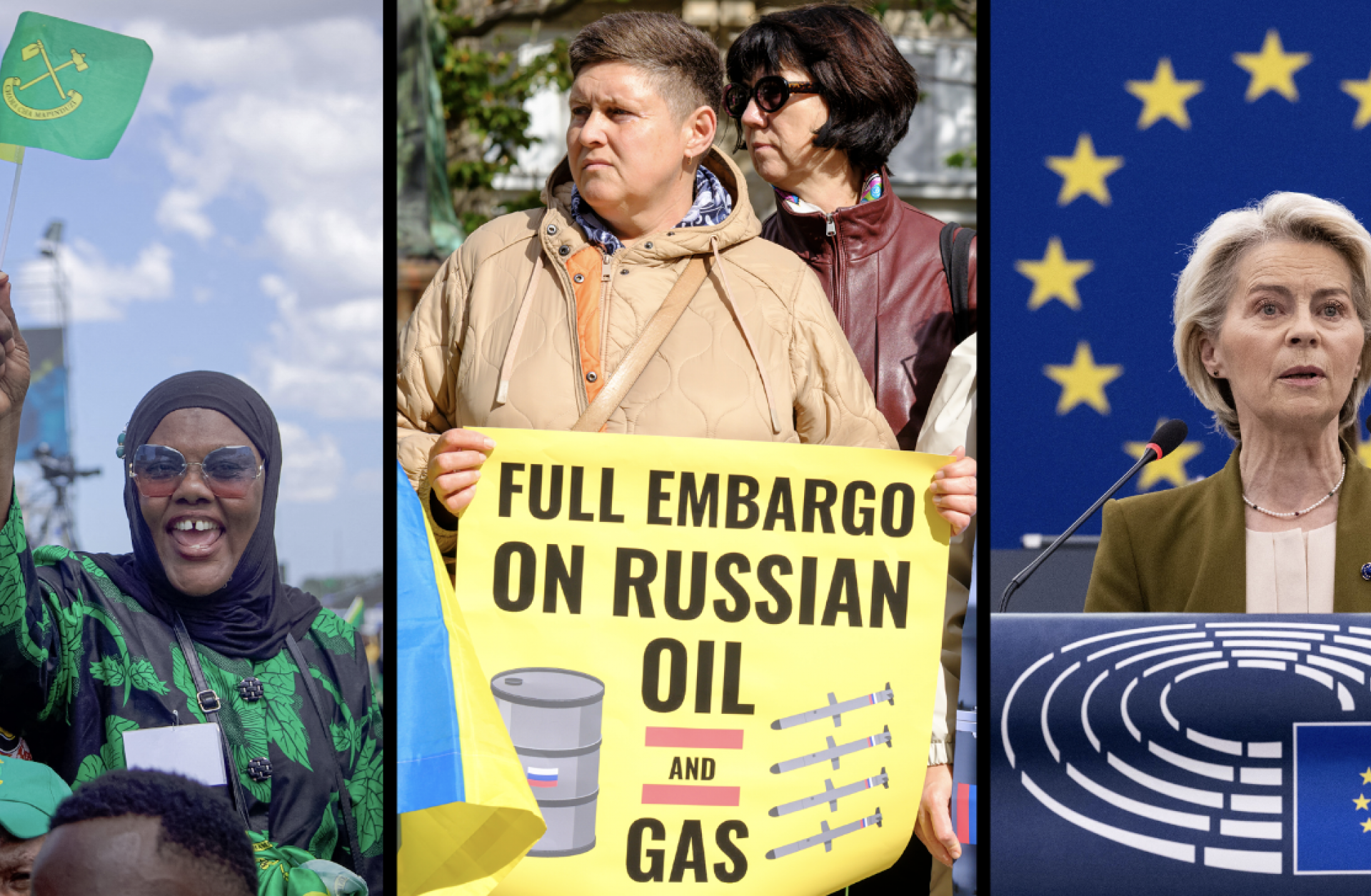
Quarterly ForecastsSep 29, 2025
2025 Fourth-Quarter Forecast
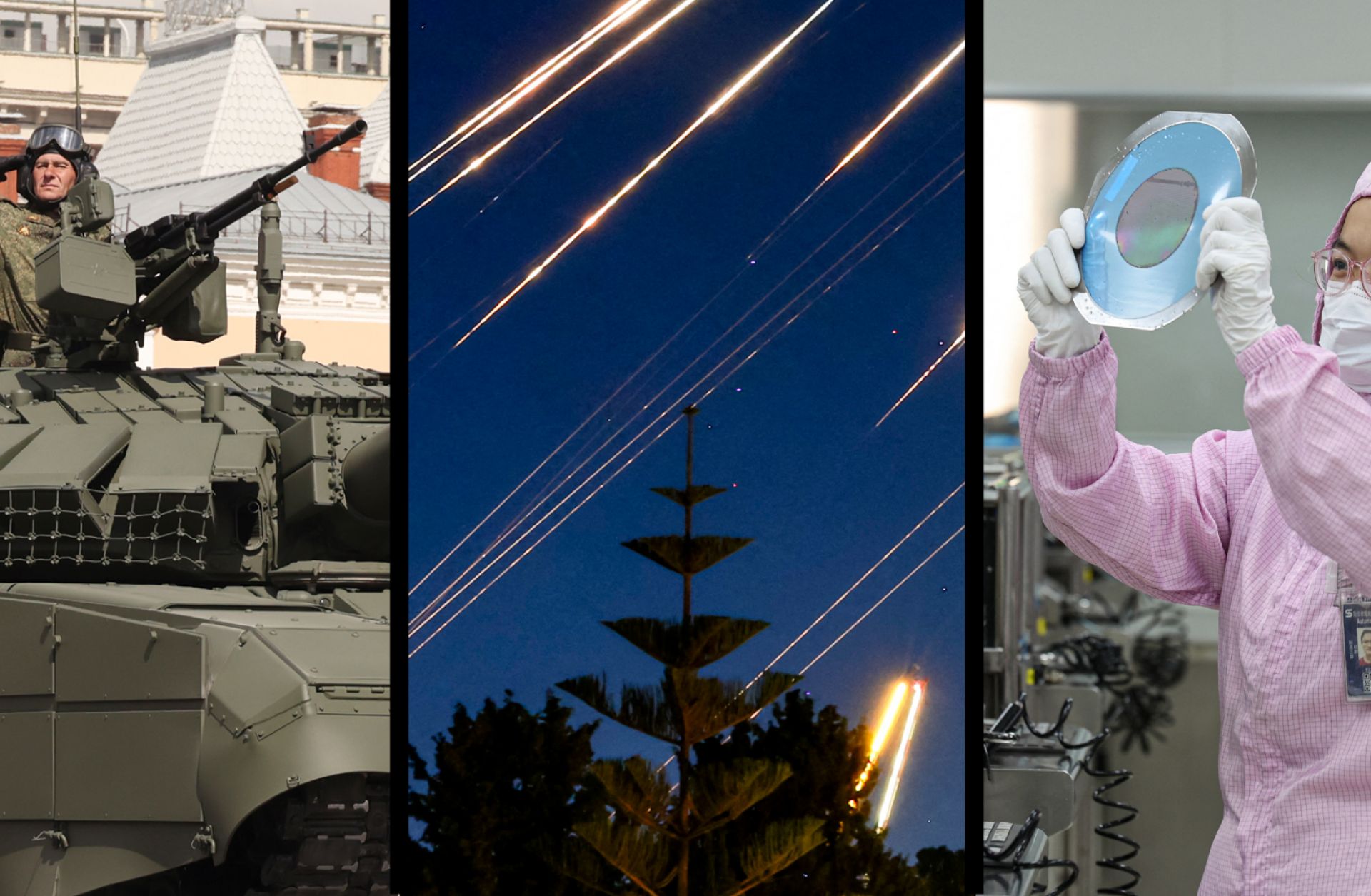
Quarterly ForecastsJun 30, 2025
2025 Third-Quarter Forecast

Quarterly ForecastsMar 31, 2025
2025 Second-Quarter Forecast

Quarterly ForecastsSep 23, 2024
2024 Fourth-Quarter Forecast
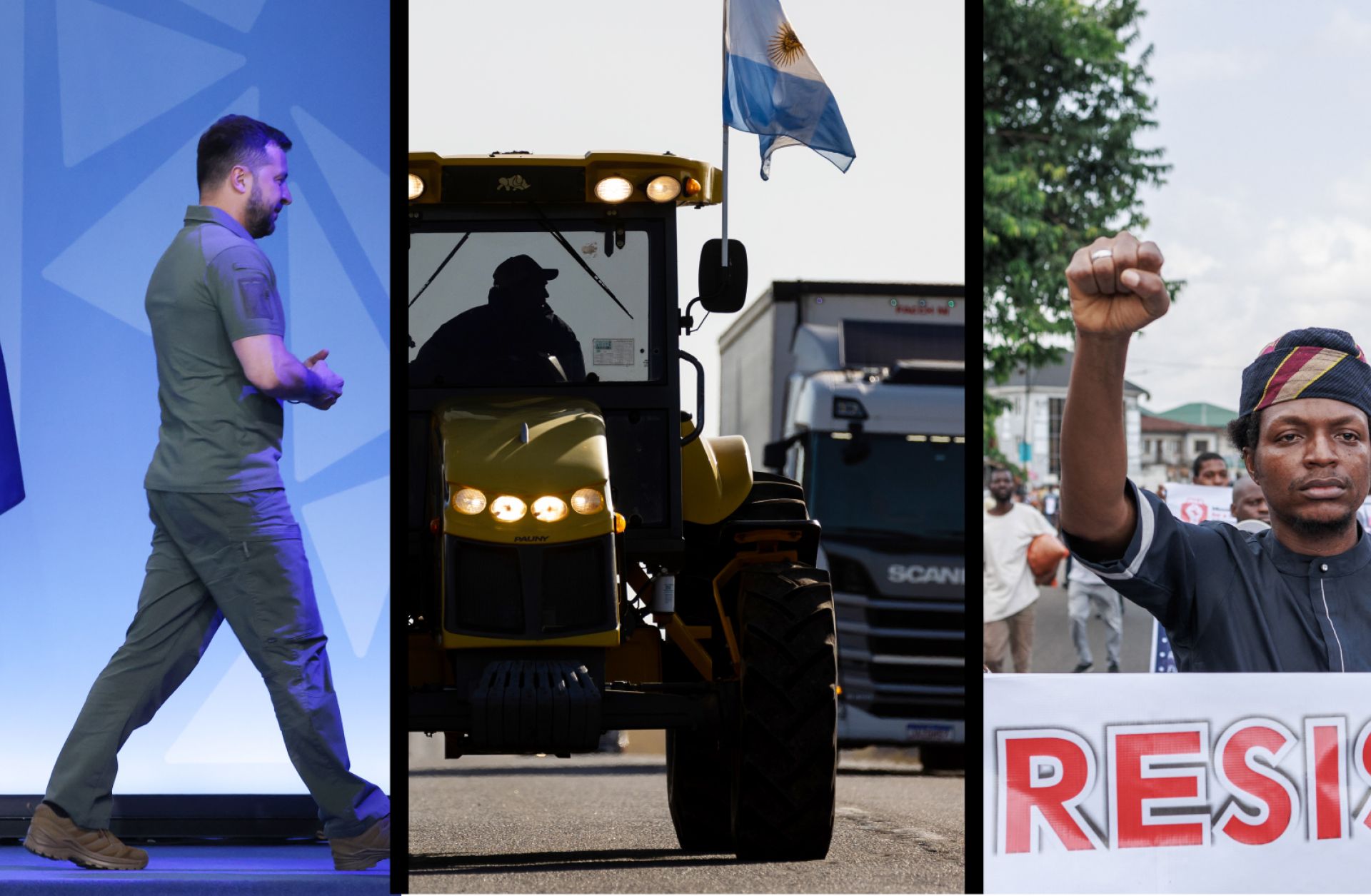
Quarterly ForecastsJun 24, 2024
2024 Third-Quarter Forecast
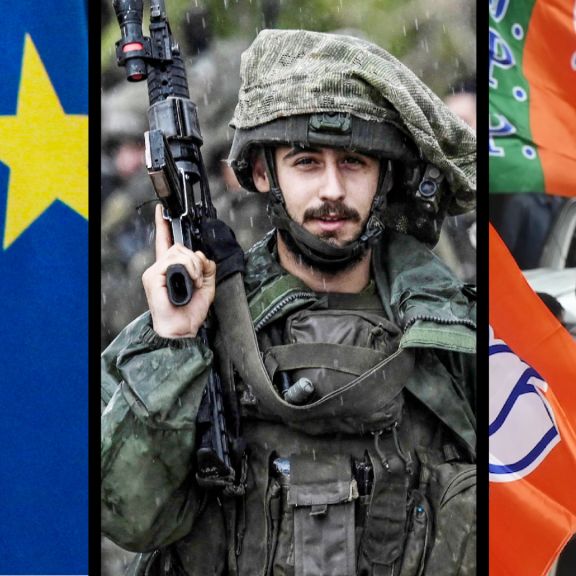
Quarterly ForecastsMar 25, 2024
2024 Second-Quarter Forecast
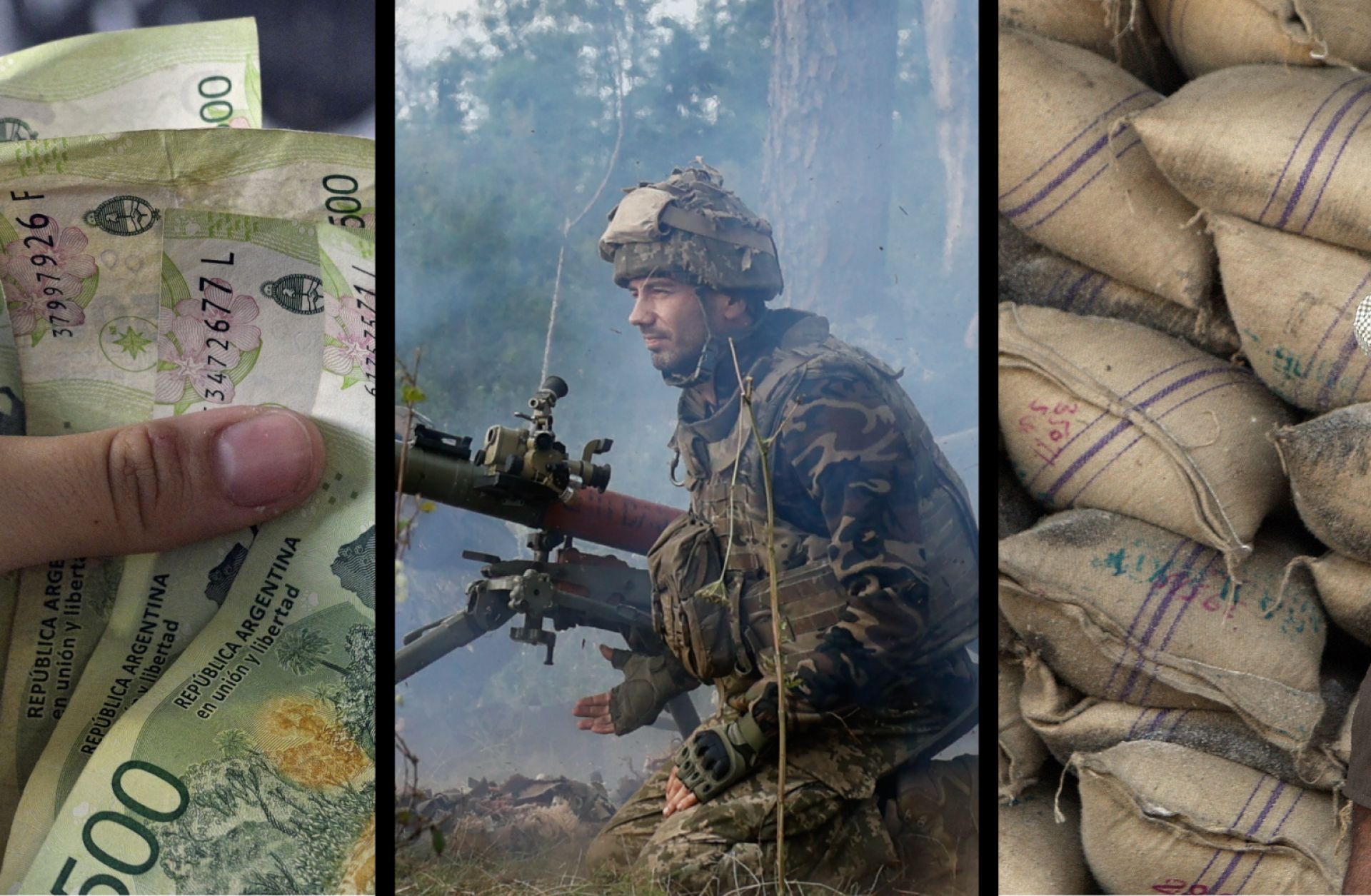
Quarterly ForecastsSep 25, 2023
2023 Fourth-Quarter Geopolitical Forecast
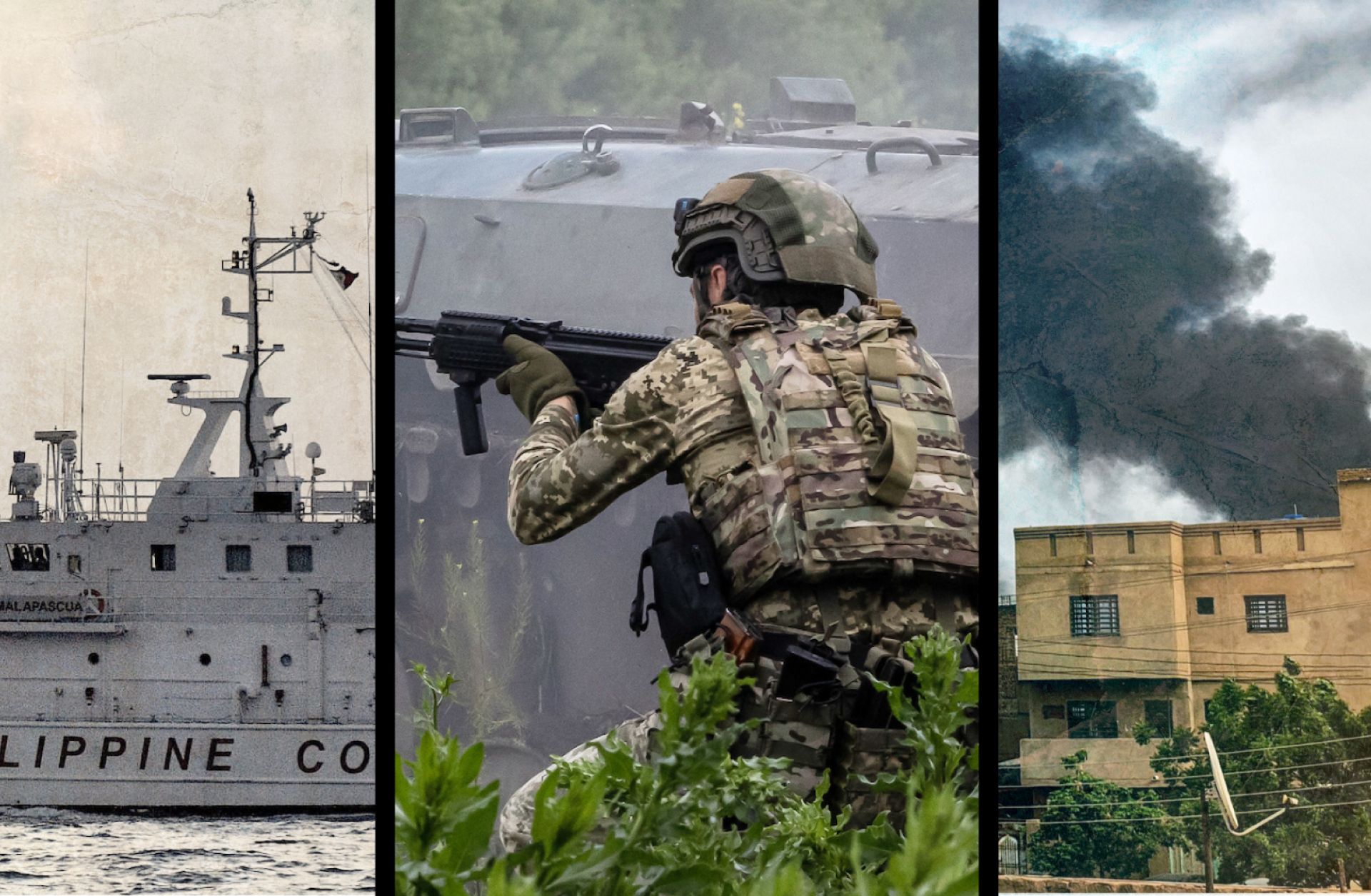
Quarterly ForecastsJun 26, 2023
2023 Third-Quarter Forecast
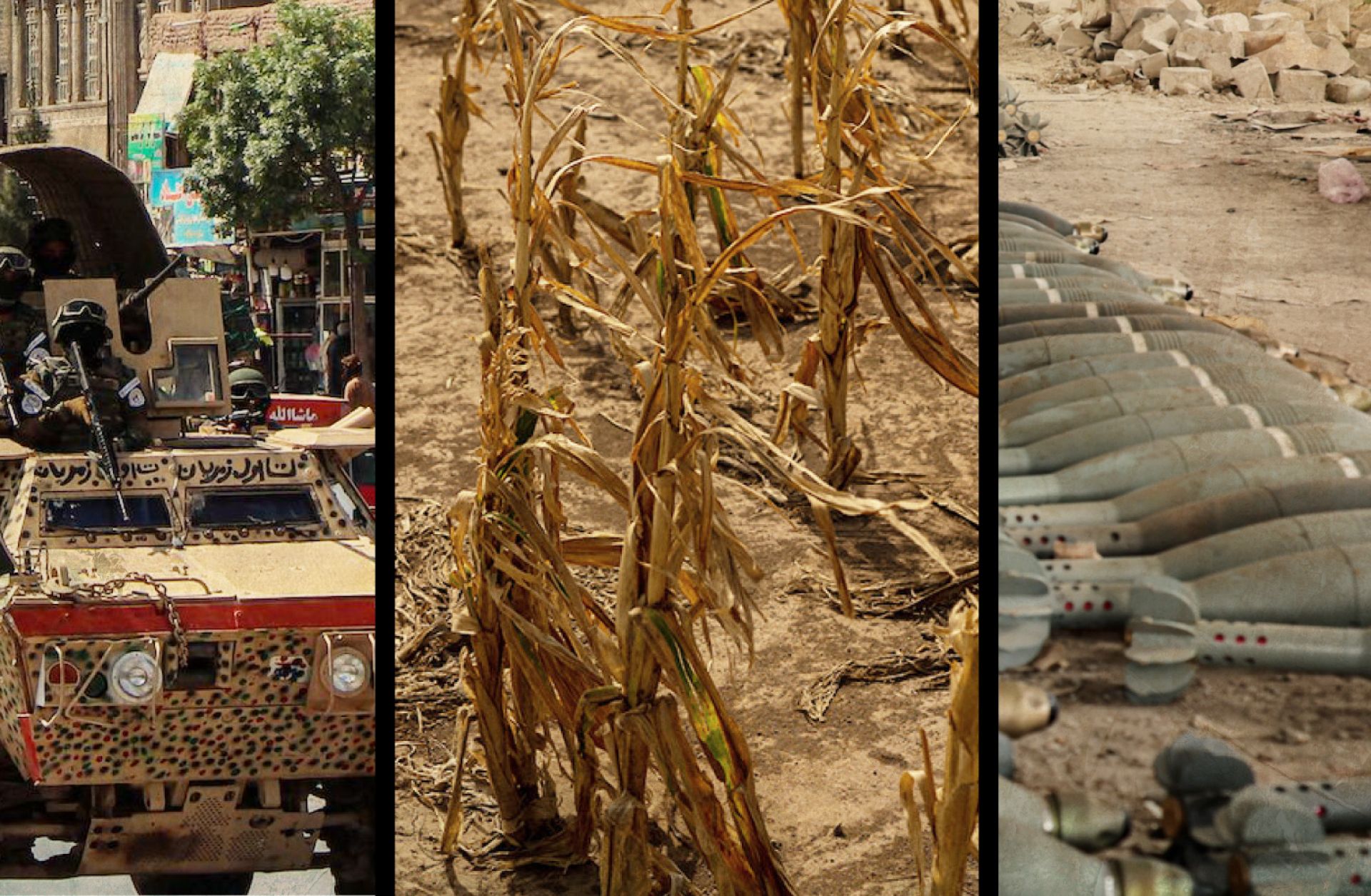
Quarterly ForecastsMar 27, 2023
2023 Second-Quarter Forecast

Quarterly ForecastsSep 26, 2022
2022 Fourth-Quarter Forecast

Quarterly ForecastsJun 27, 2022
2022 Third-Quarter Forecast
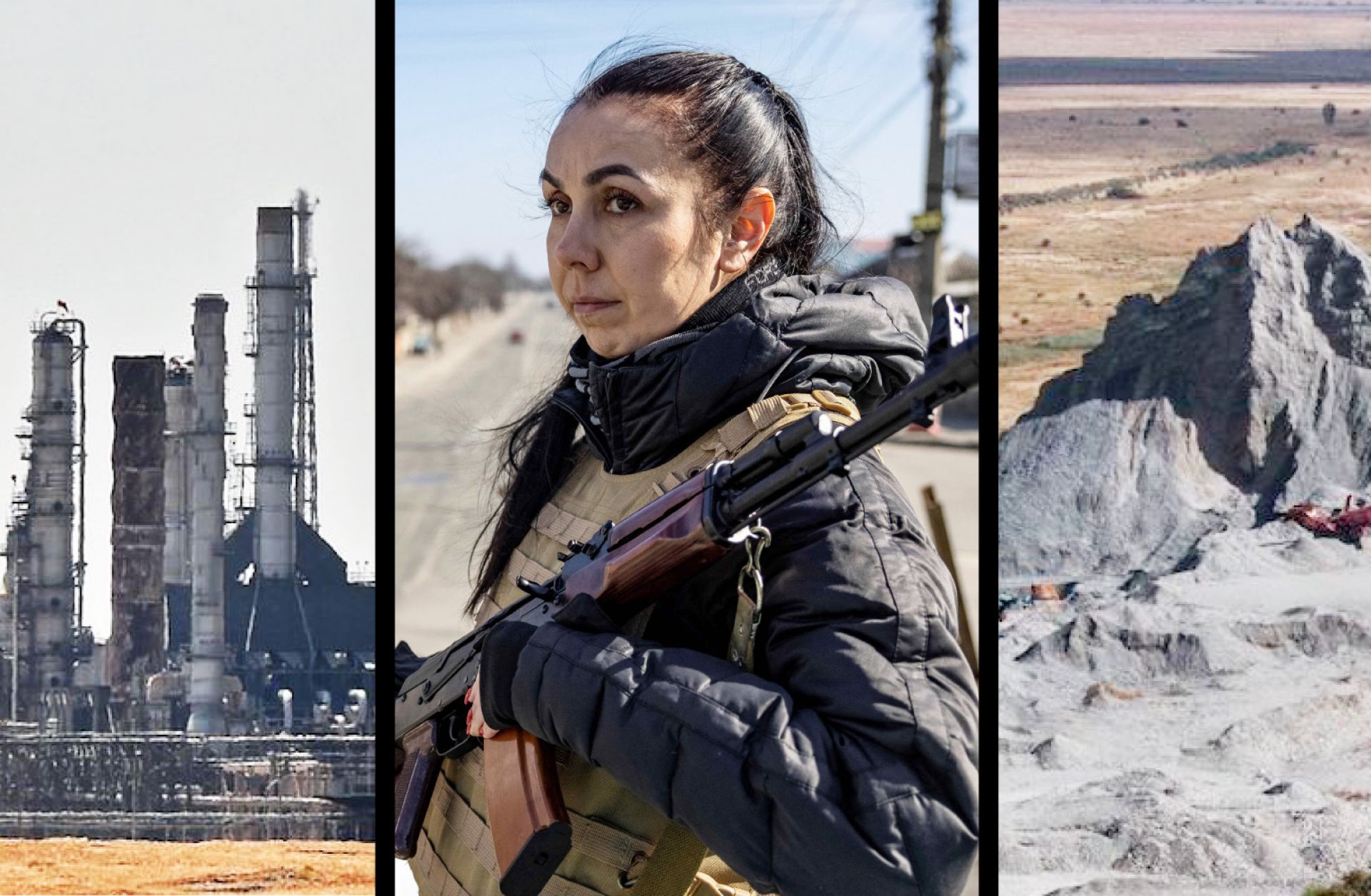
Quarterly ForecastsMar 28, 2022
2022 Second-Quarter Forecast
Annual Forecasts

Annual ForecastsJan 6, 2025
2025 Annual Geopolitical Forecast
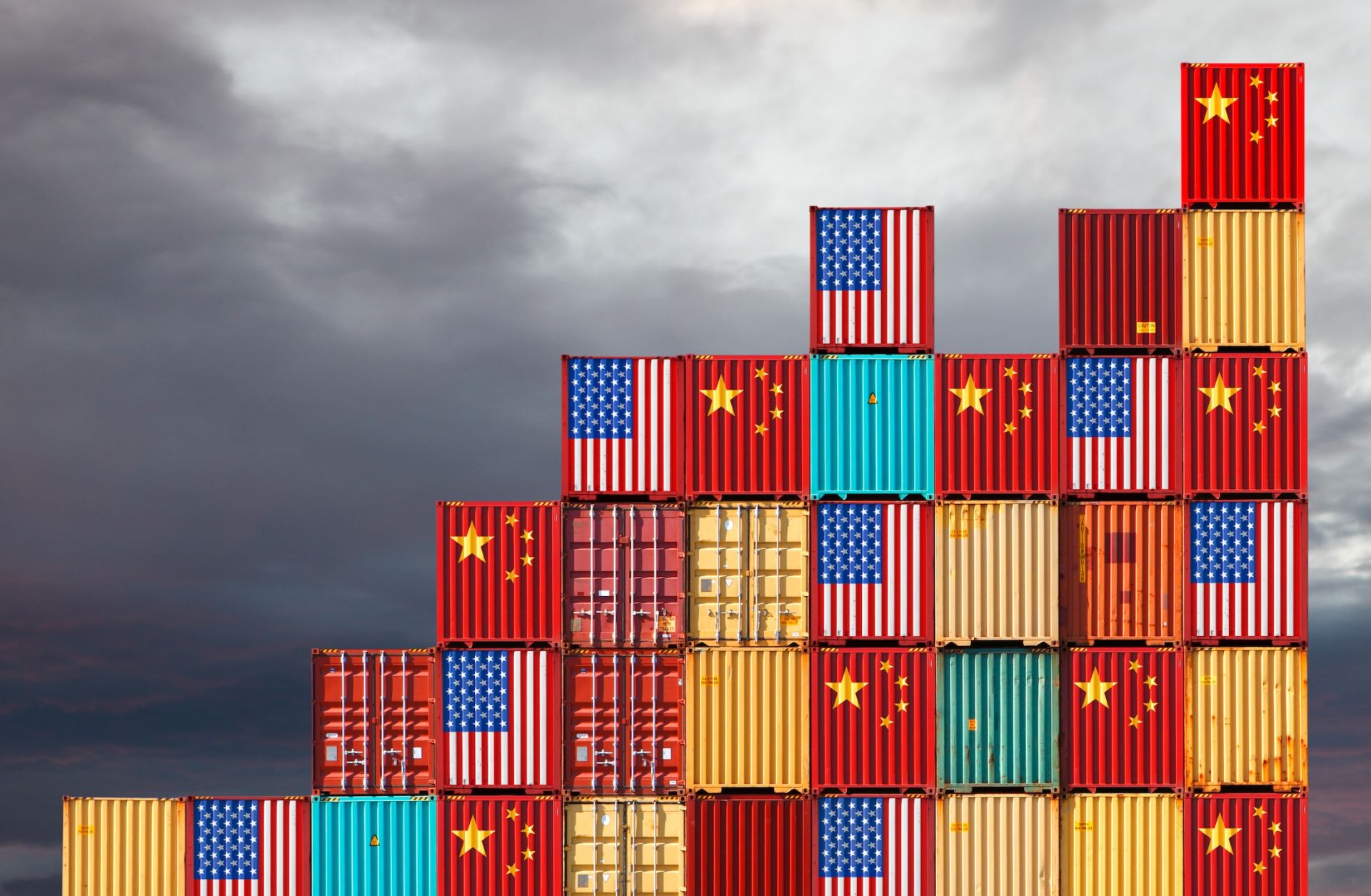
Annual ForecastsDec 16, 2024
2025 Annual Forecast: A Global Overview

Annual ForecastsJan 3, 2024
2024 Annual Geopolitical Forecast
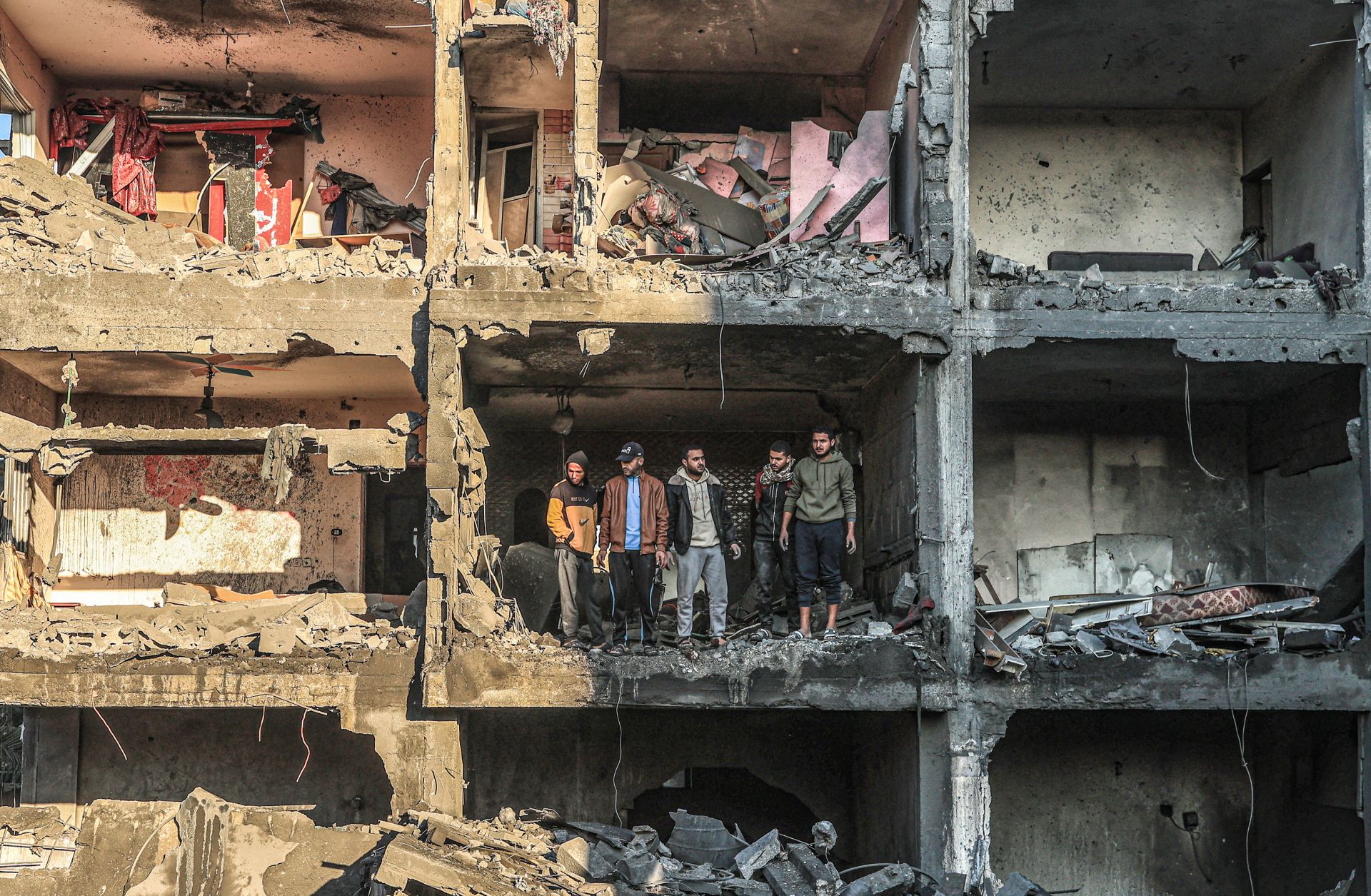
Annual ForecastsDec 18, 2023
2024 Annual Forecast: A Global Overview
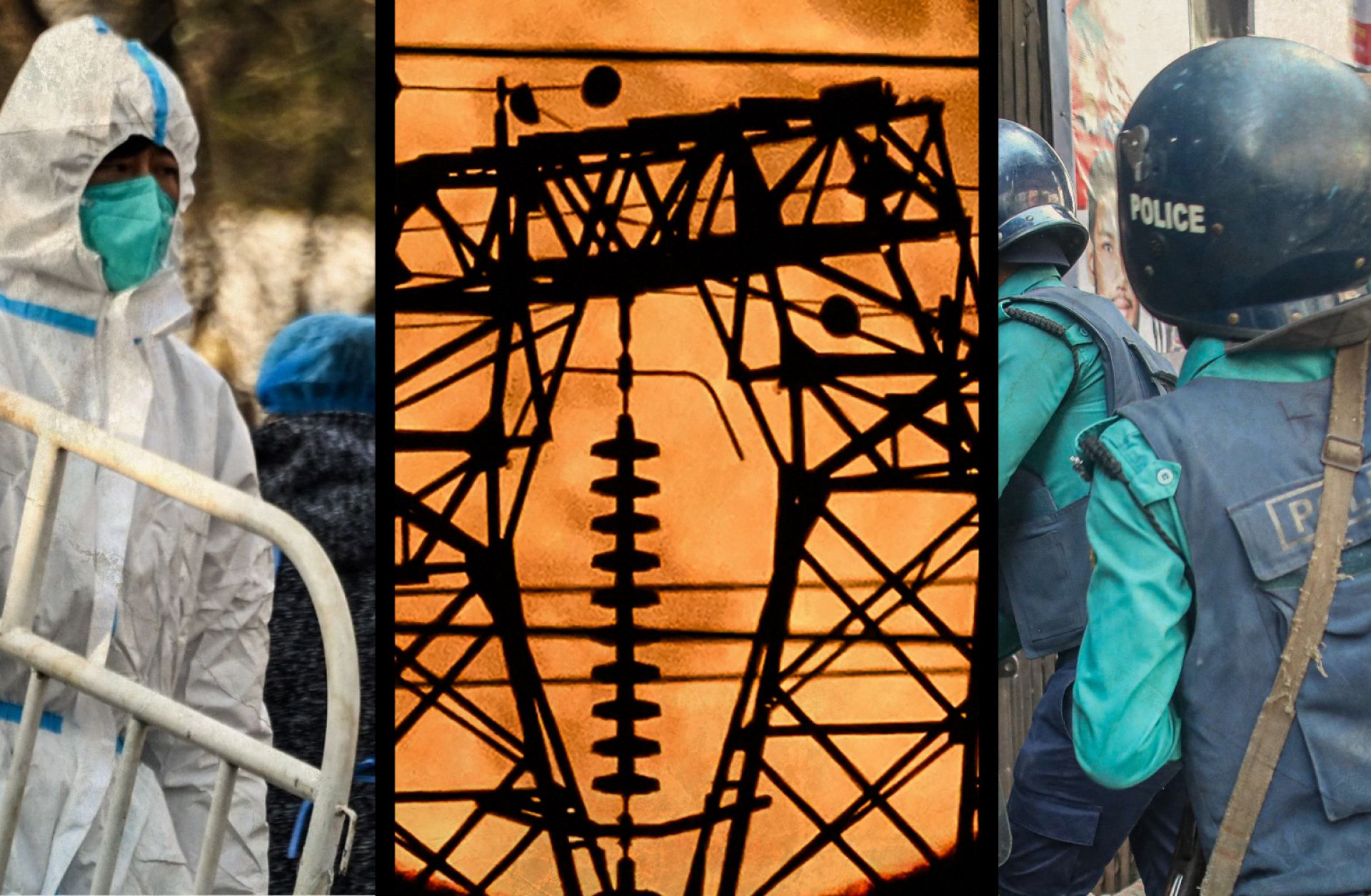
Annual ForecastsJan 3, 2023
2023 Annual Forecast
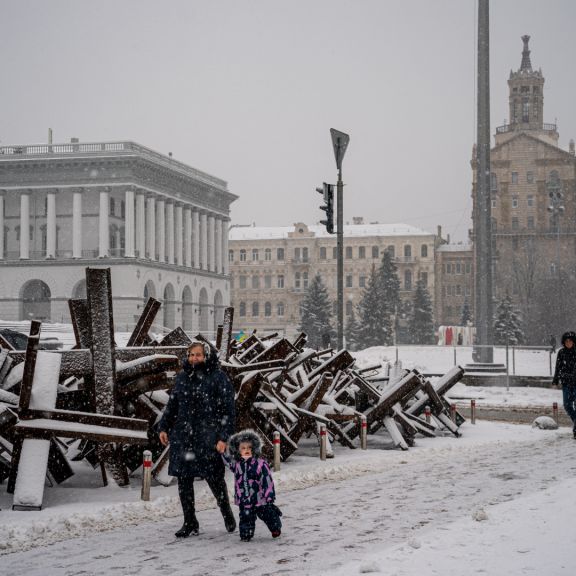
Annual ForecastsDec 18, 2022
2023 Annual Forecast: A Global Overview
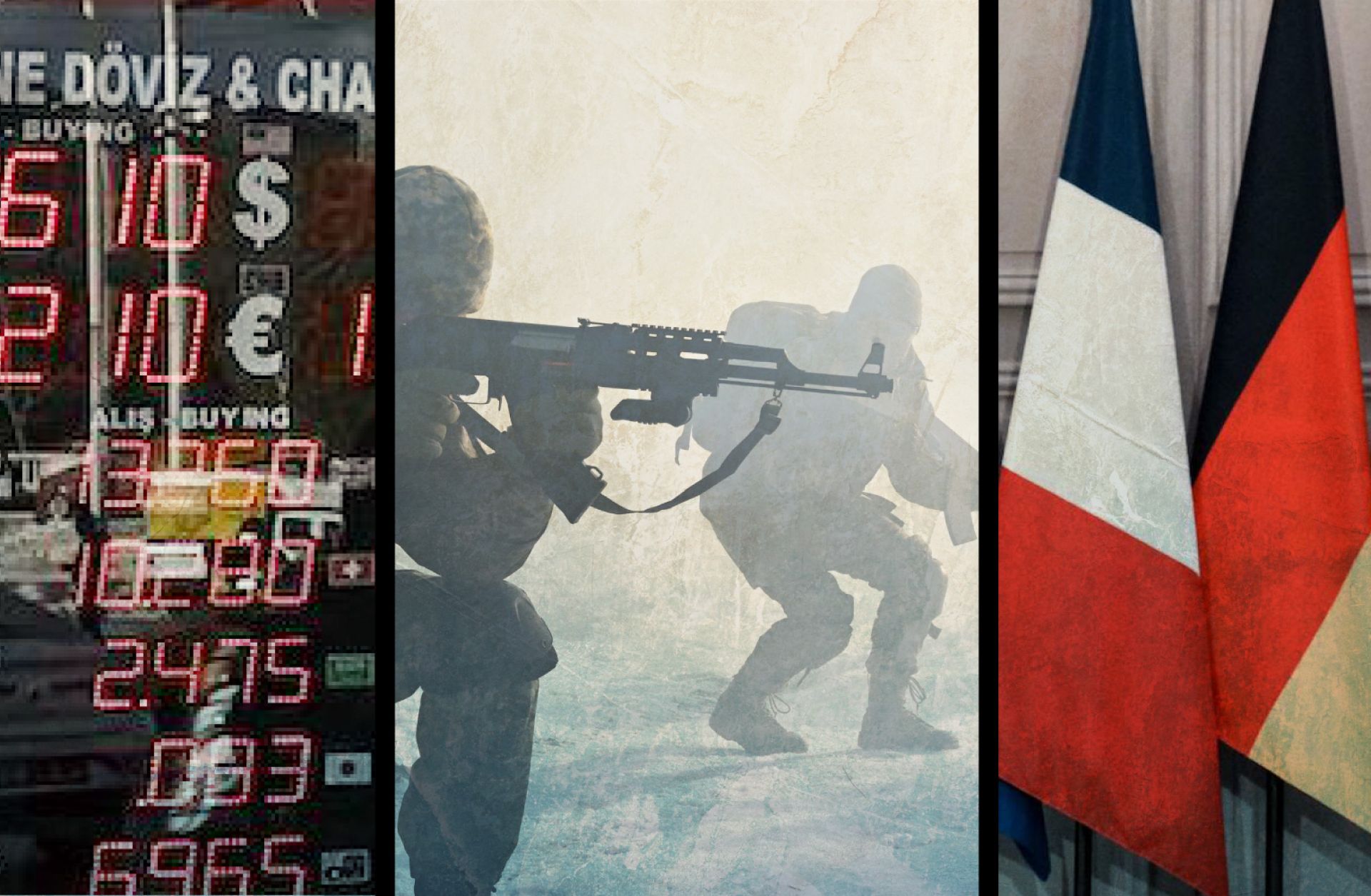
Annual ForecastsJan 3, 2022
2022 Annual Forecast
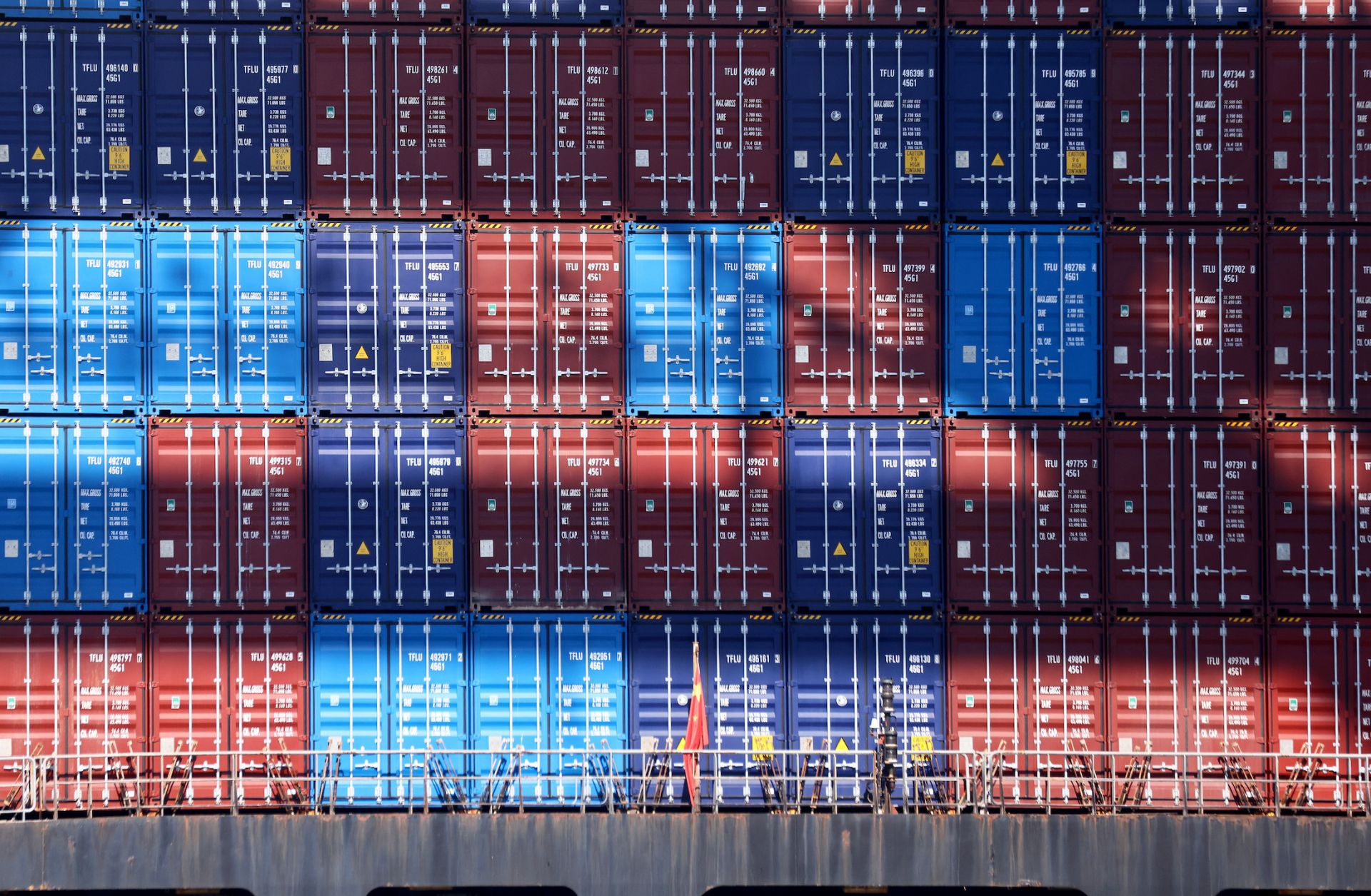
Annual ForecastsDec 20, 2021
2022 Annual Forecast: A Global Overview
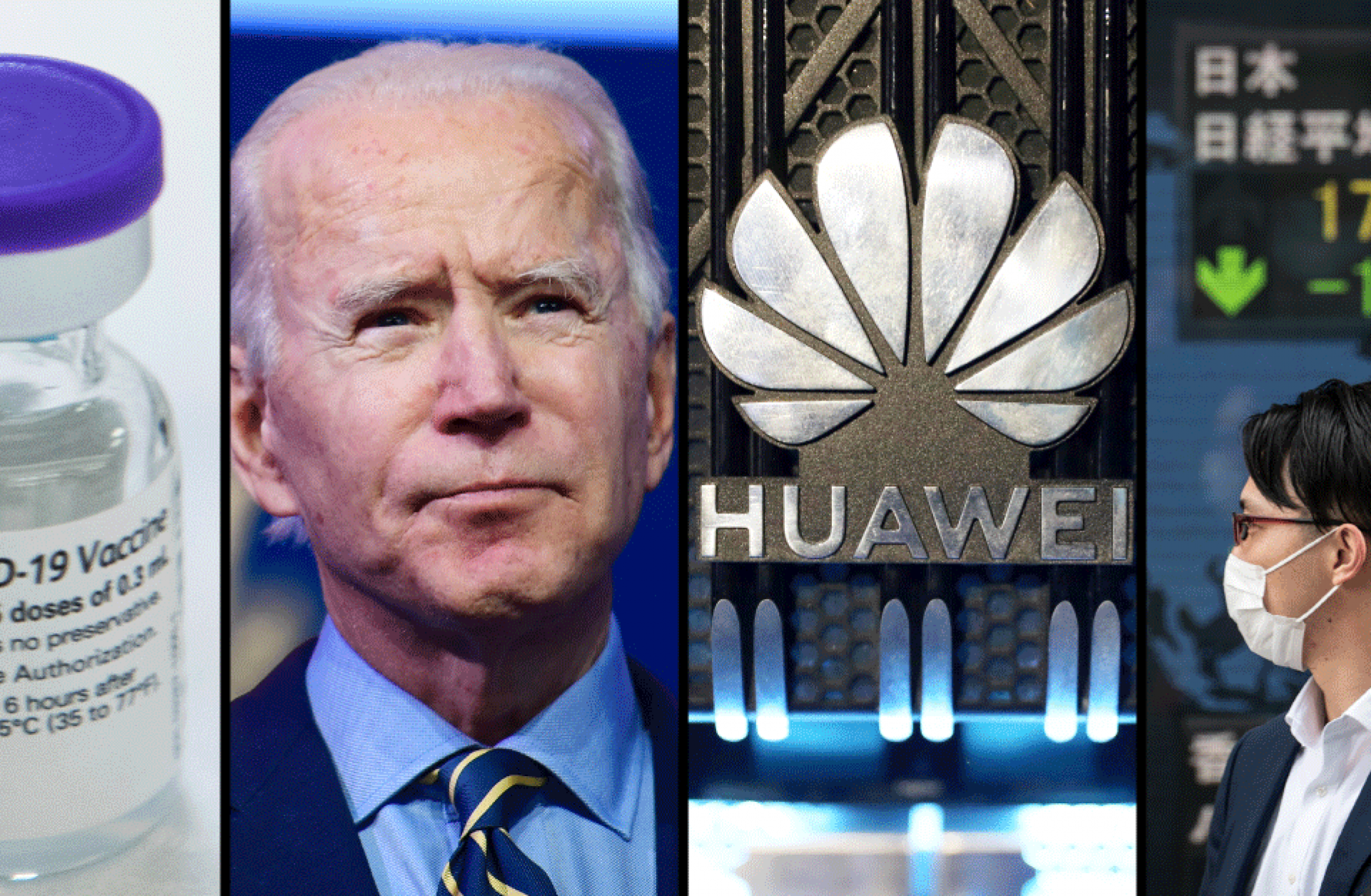
Annual ForecastsJan 3, 2021
2021 Annual Forecast
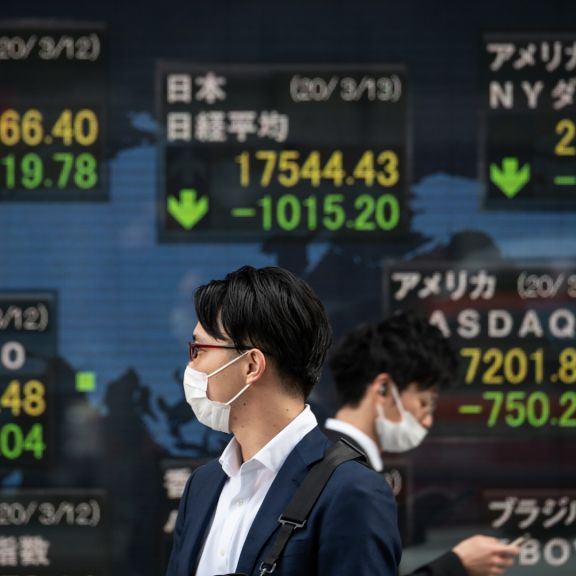
Annual ForecastsDec 14, 2020
2021 Annual Forecast: A Global Overview
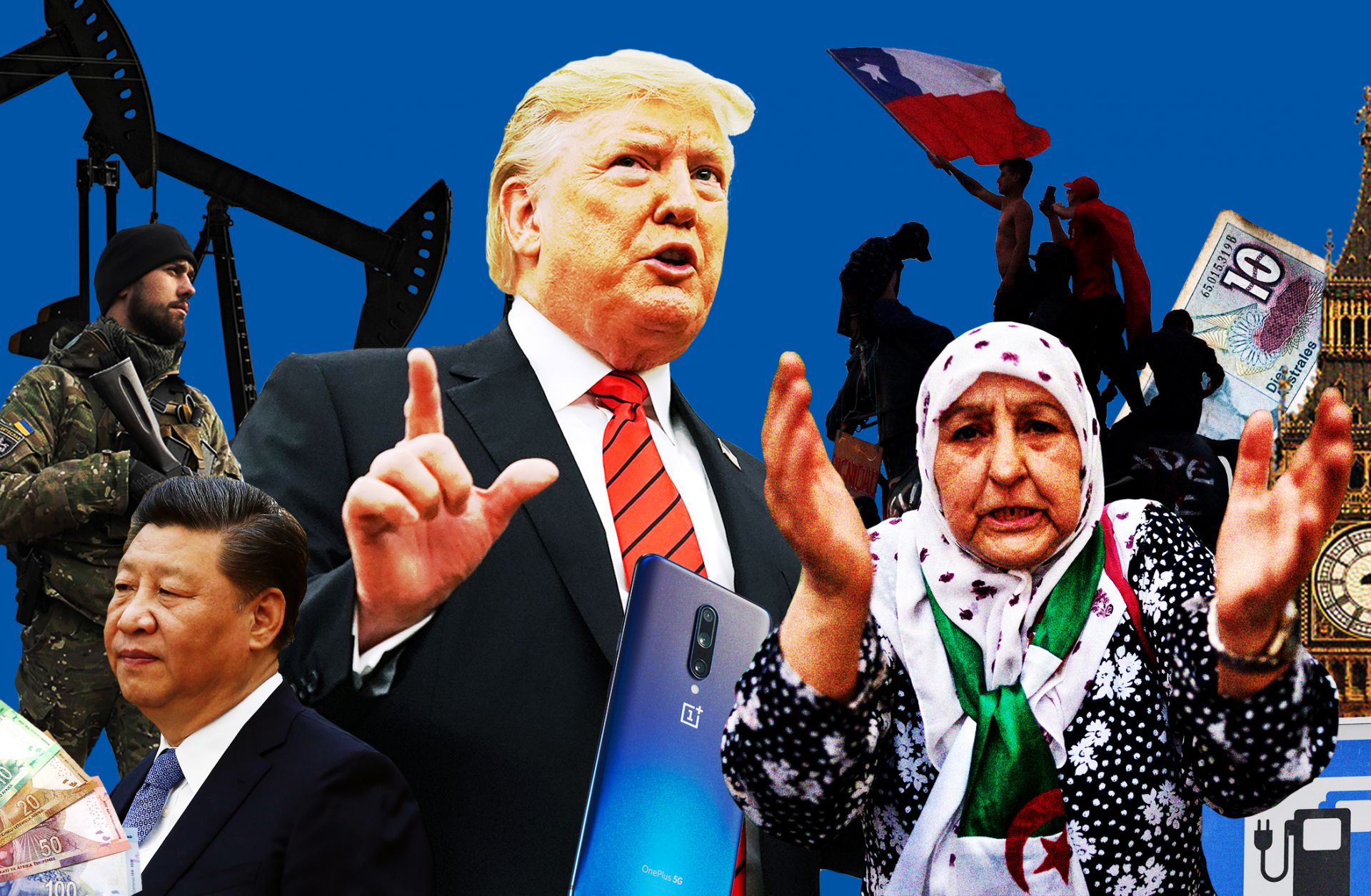
Annual ForecastsJan 6, 2020
2020 Annual Forecast
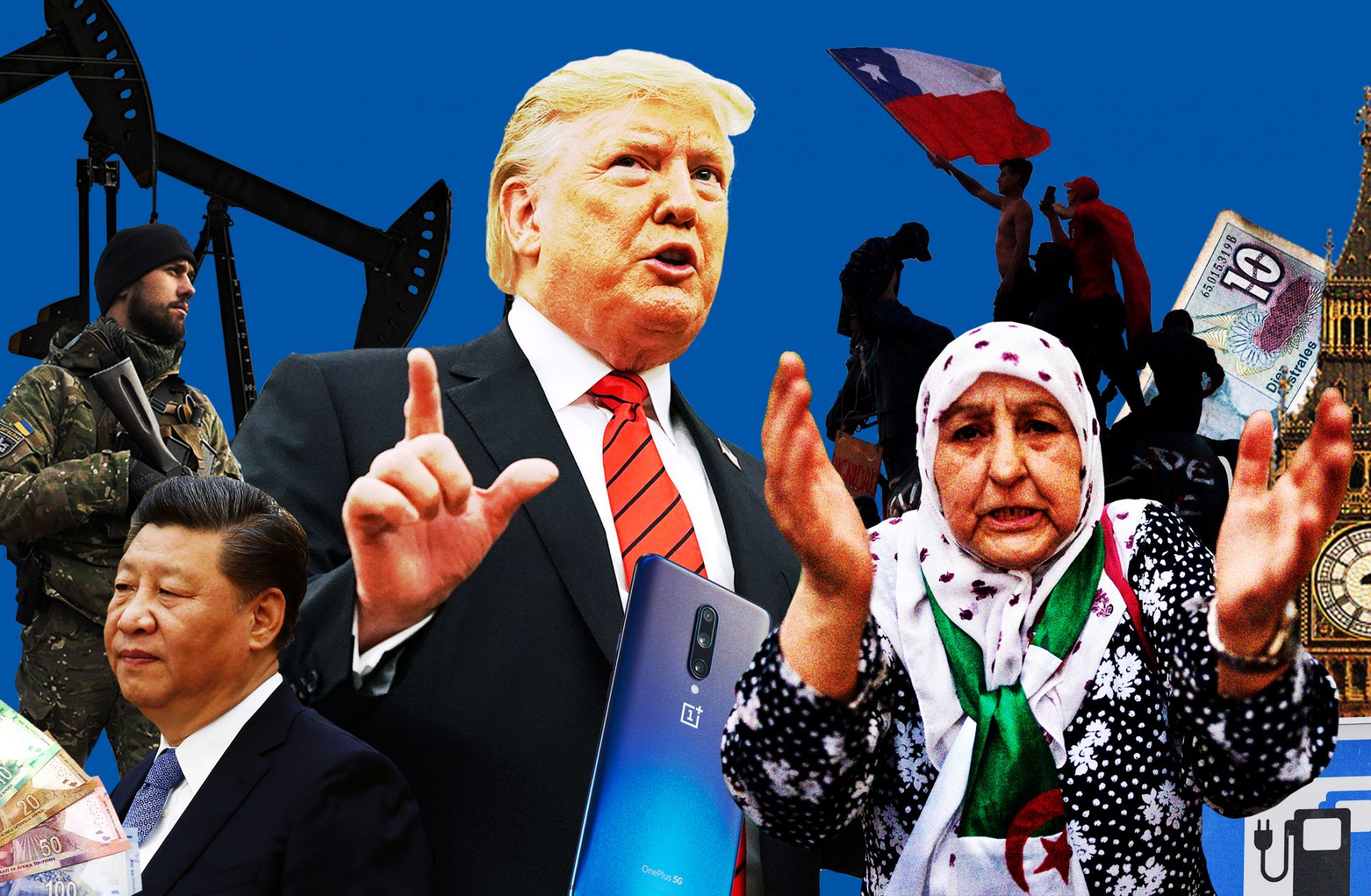
Annual ForecastsDec 16, 2019
2020 Annual Forecast: A Global Overview
Decade Forecasts
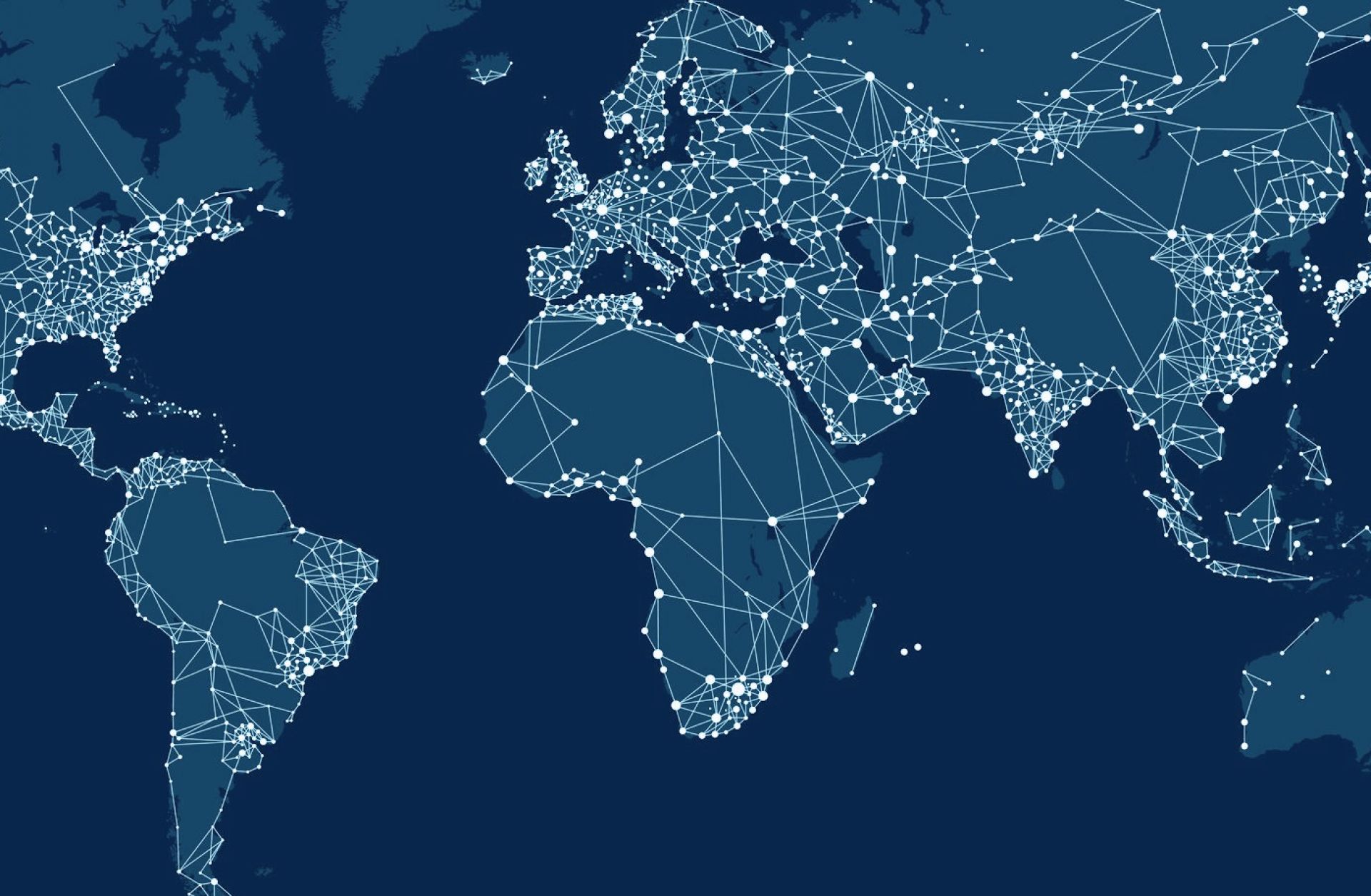
Decade ForecastsFeb 18, 2025
Decade Forecast: 2025-2035
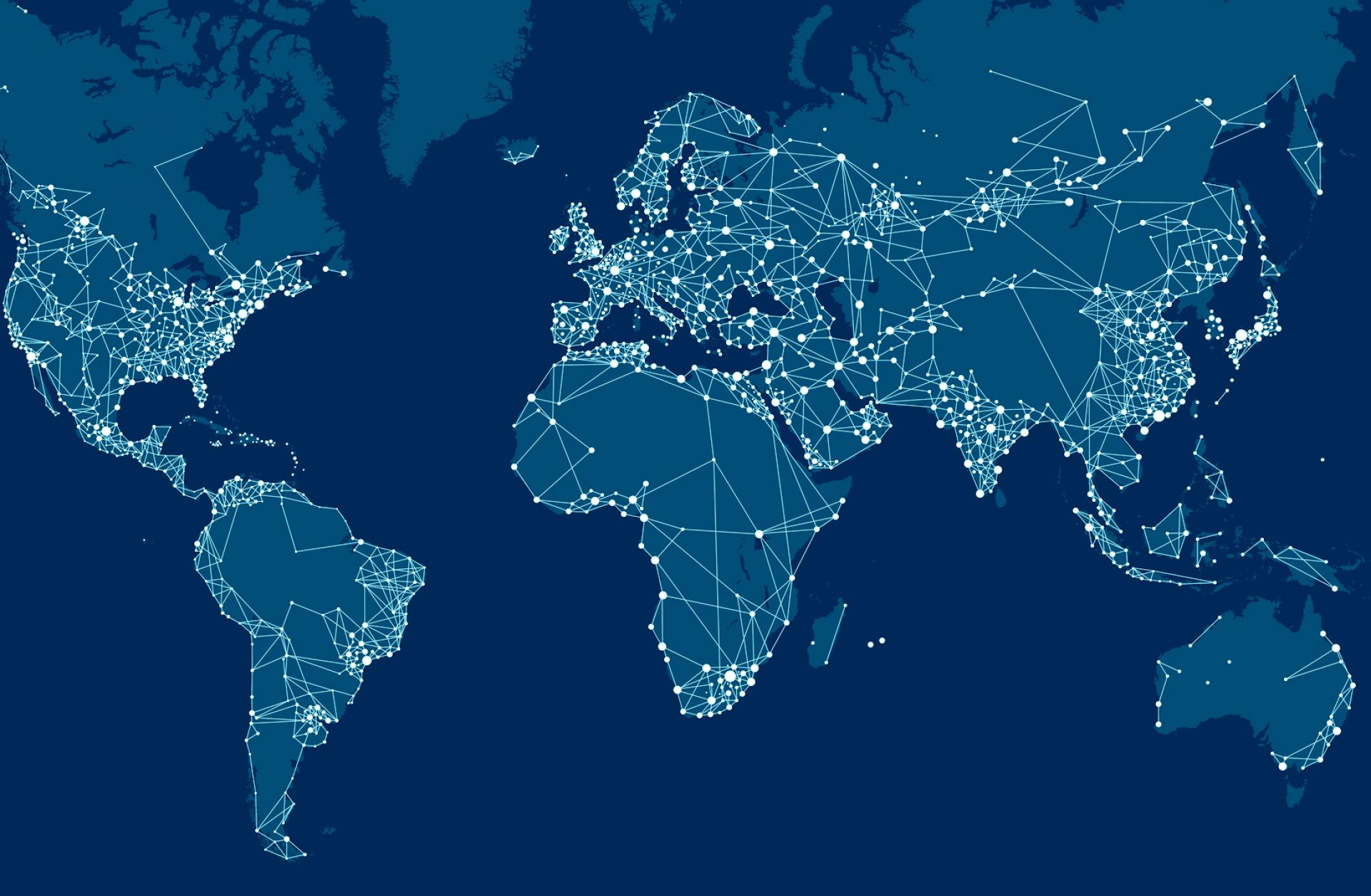
Decade ForecastsFeb 12, 2020
Decade Forecast: 2020-2030
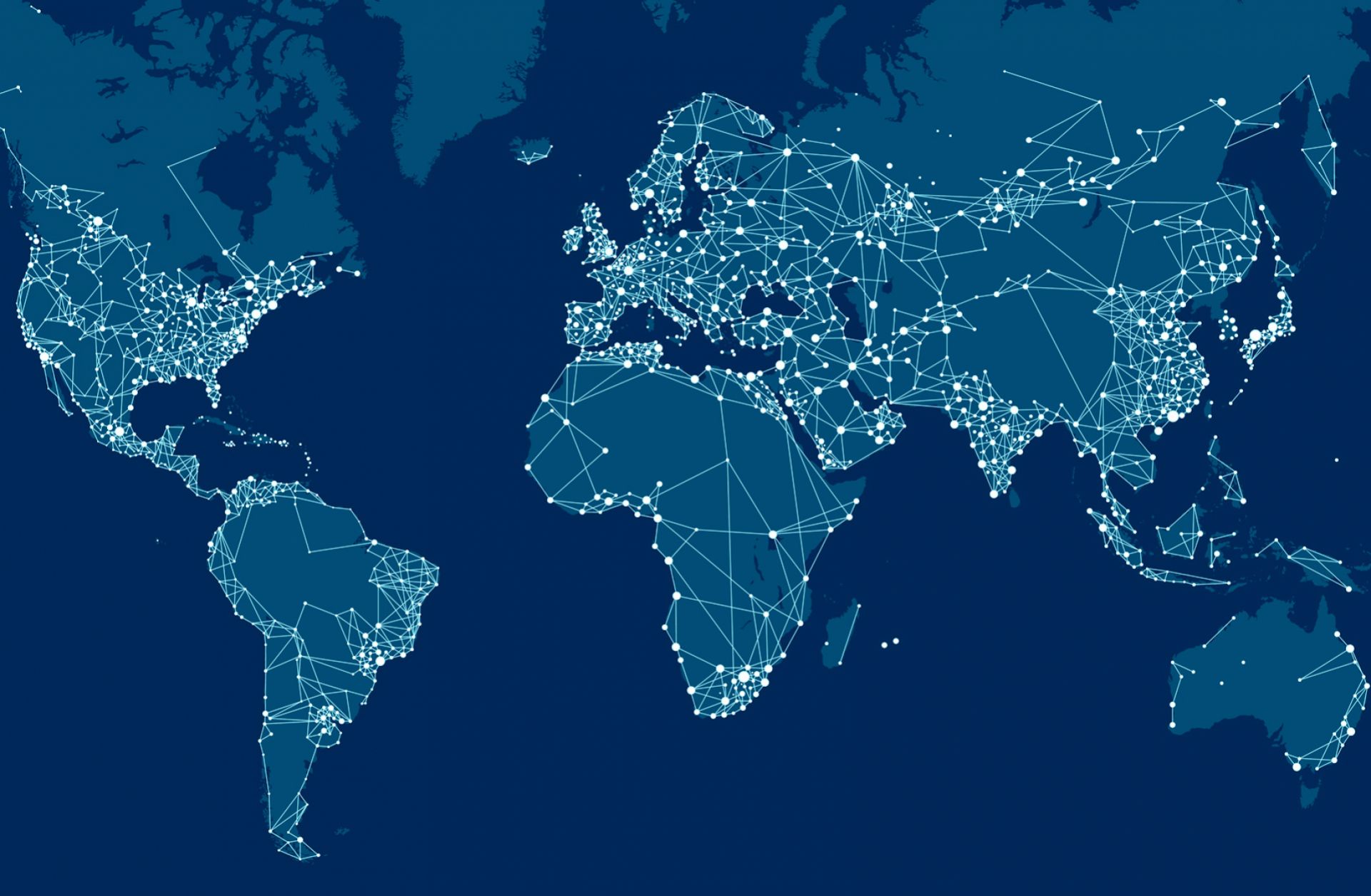
Decade ForecastsFeb 23, 2015
Decade Forecast: 2015-2025
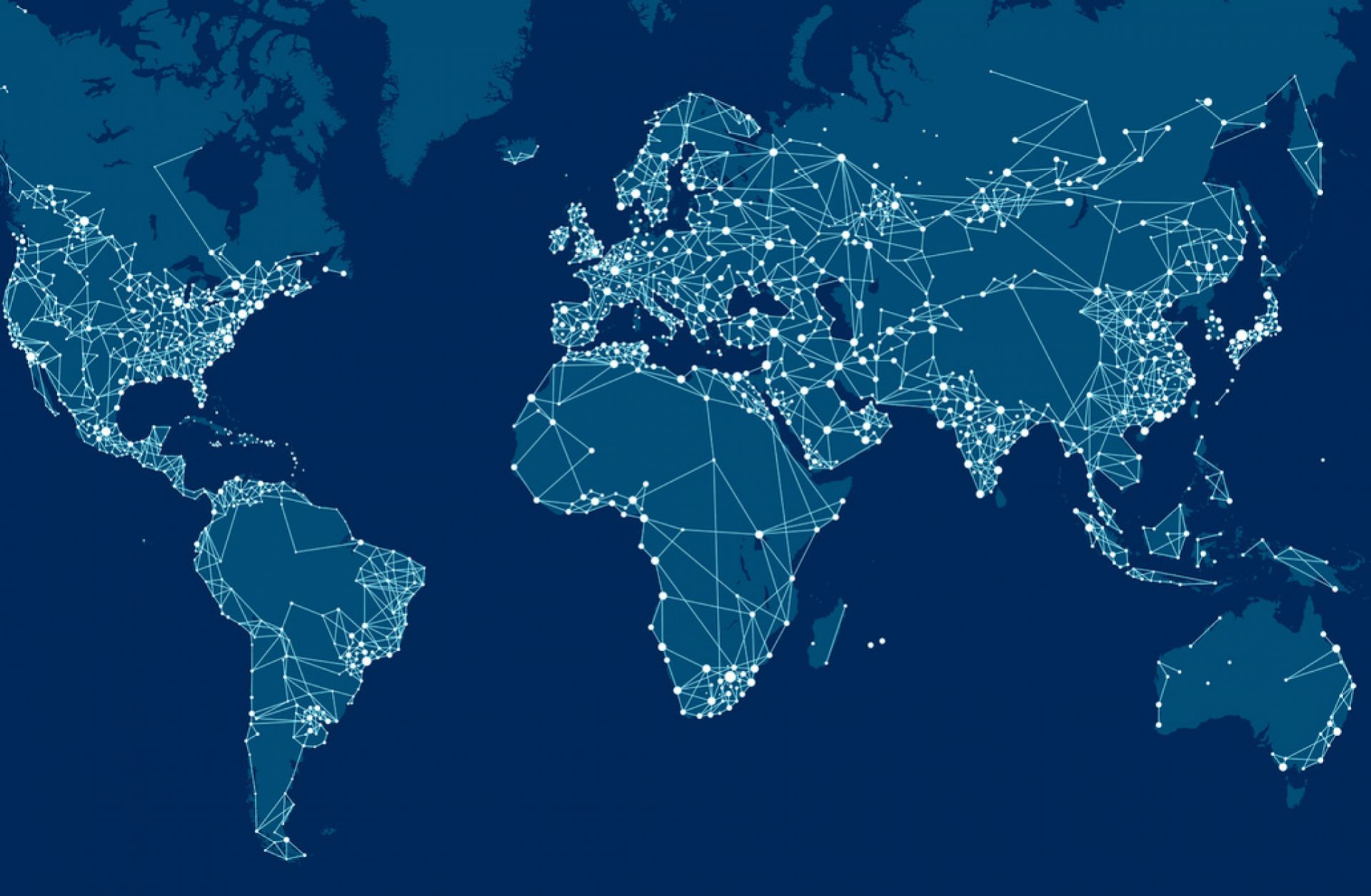
Decade ForecastsJan 21, 2010
Decade Forecast: 2010-2020
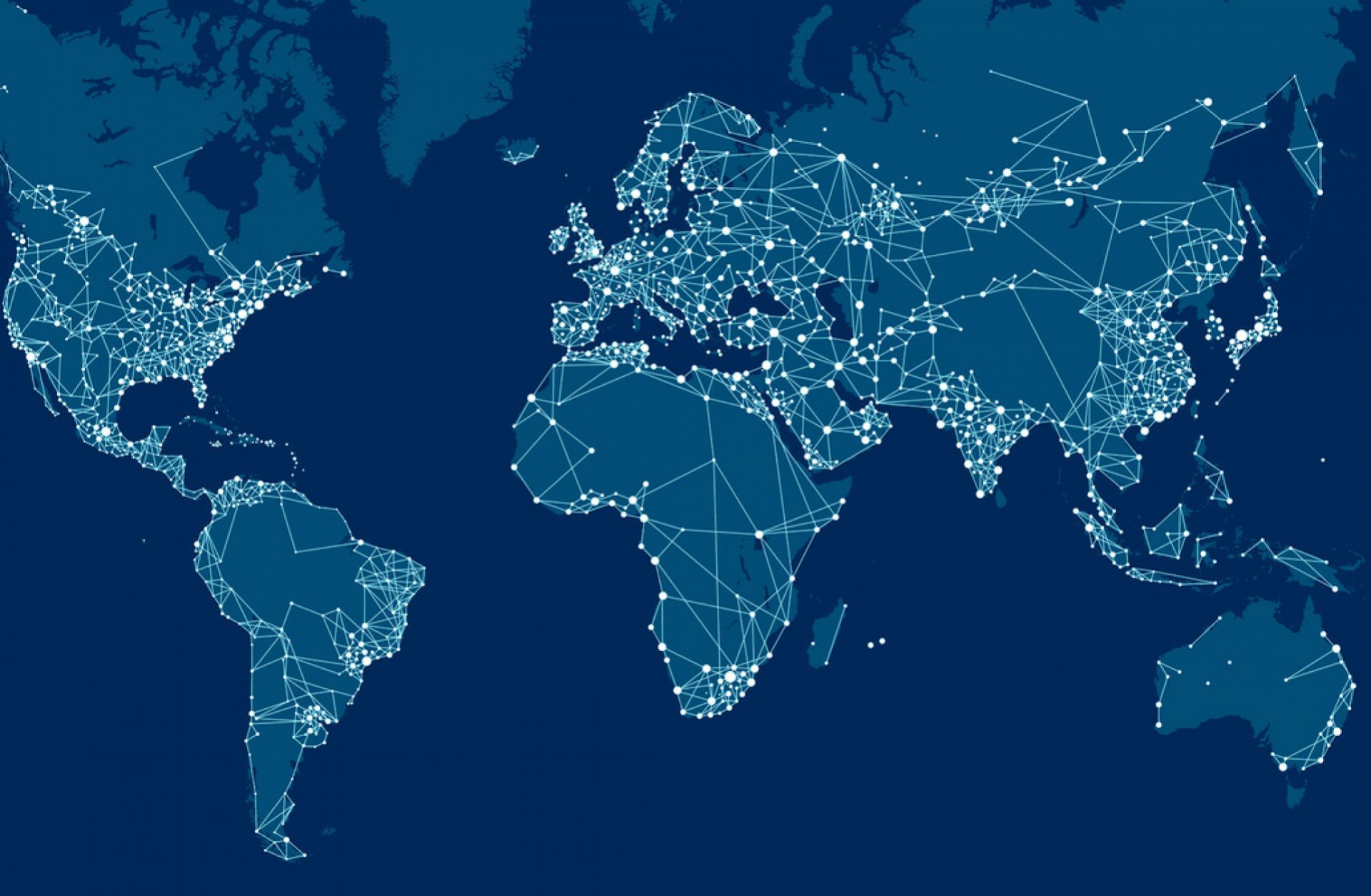
Decade ForecastsFeb 7, 2005
Decade Forecast: 2005-2015

Decade ForecastsJan 1, 2000
Decade Forecast: 2000-2010
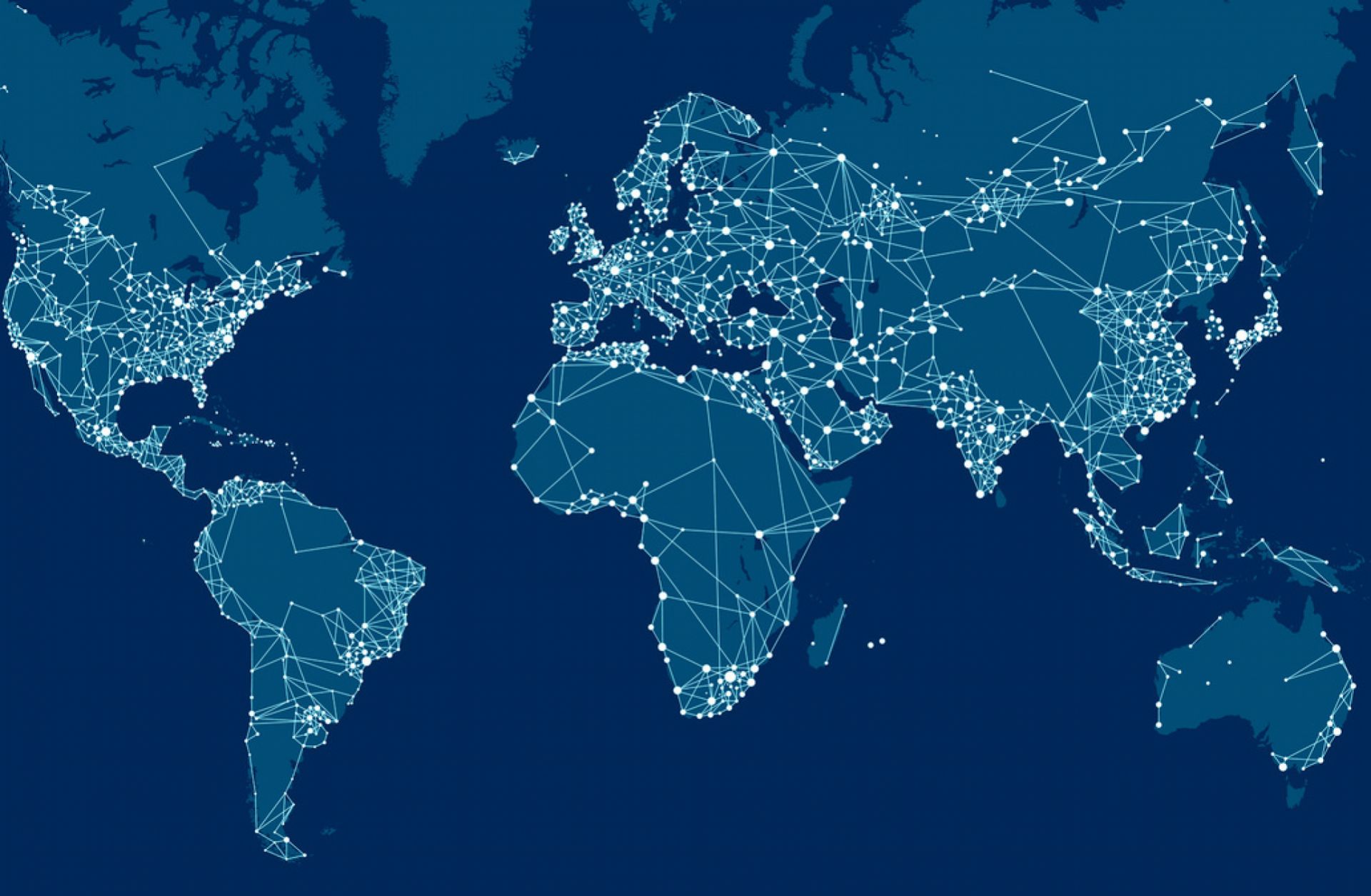
Decade ForecastsJan 1, 1995
Decade Forecast: 1995-2005

